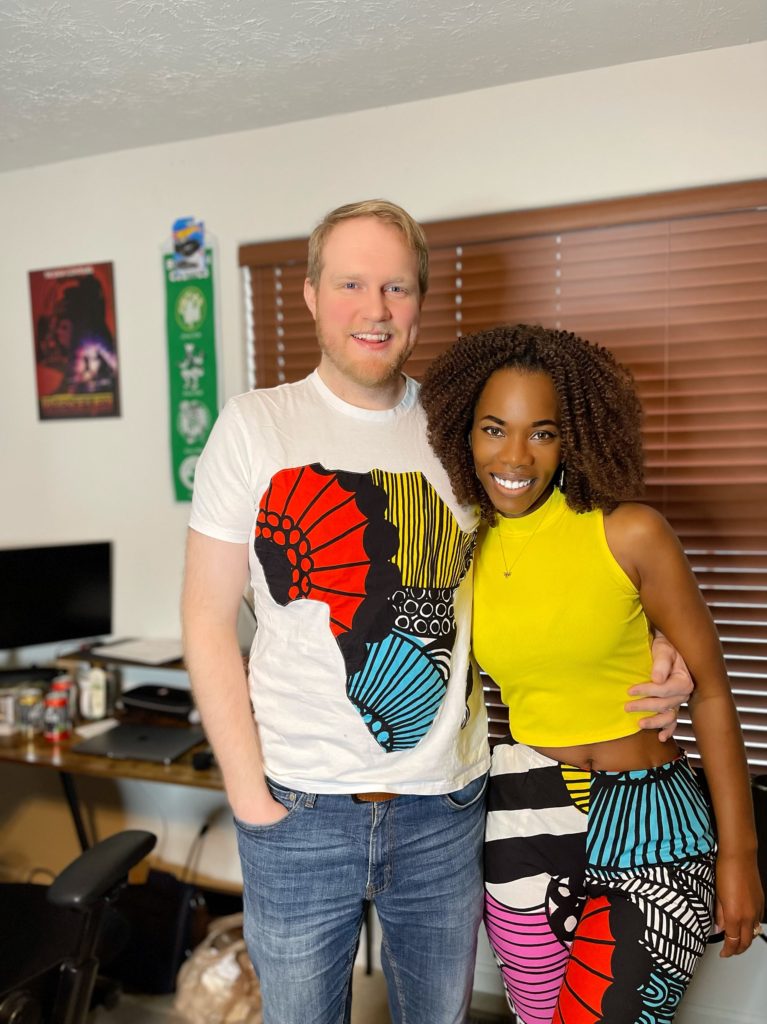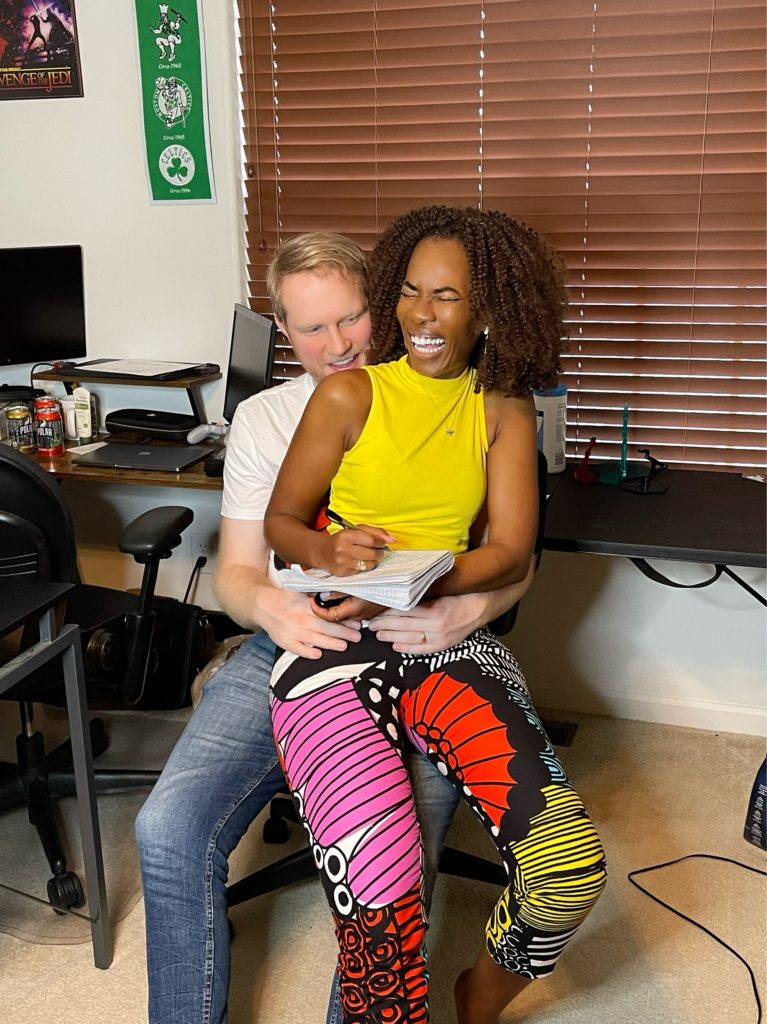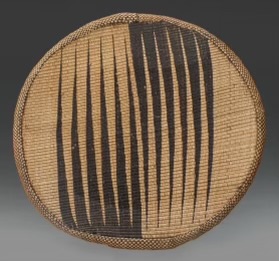Grant recently started taking Swahili classes with Rafiki Center. Why? I guess because I am not good at teaching him also he is just like me, he is so good at teaching himself(I taught English myself, but that’s a story of another day) and Swahili seems to be easier for him than Kirundi or Kinyarwanda. He has been teaching himself Swahili for the last few months and now we can be listening to a Swahili song and he will understand a part of it. His favorite band is Sauti Sol from Kenya 🇰🇪, he listens to Diamond Platnumz too but he wouldn’t get a bunch of his Kiswahili slangs such as «Vishenshuda, Tunguli, pruu mpaka maka etc…». His favorite Burundian 🇧🇮 singer is Mugani Désire.

Every time they get done with a class, they get a homework assignment, he rarely asks for my help because he is just getting that good 😁. Yesterday I jokingly told my family: “Lord he is getting so good at Swahili, we won’t be able to talk about him…”, Grant was in the background and replied: “Yeah right, like y’all speak one language! You always switch from one language to another, and your conversation is always a mixture of Swahili, Kirundi, Kinyarwanda, French and some English. Plus you speak so fast so it’s not like I can keep up anyway 😁.”

Last week in his class they were learning about things in the kitchen, he started asking me how we call some things in Swahili. I realized they were things I did not see in our kitchen growing up and when I saw them while living here the difference didn’t click at all.
The first thing he asked me was how do you say cutting board in Swahili? I said I did not see it growing up and I don’t think it’s an African thing. I then said but I would translate it as it is: ubao wa kukatiyaeko. He then asked how we cut things in the kitchen, I told him we used our hands, I added remember how you one time saw me cutting onions in the kitchen and you were afraid I was going to cut myself because I was not using a cutting board and I told you I mastered cutting things without a cutting board and you couldn’t believe your eyes? He nodded yes and I said that’s how we cut things where I grew up.

He then asked how about when you need to cut meat? I said that if someone is close by you would have them hold one end while you’re holding the other one then cut where you want, but if someone is not around, you just fold the meat with your one hand and cut it with the other one (I can’t tell y’all how shocked he was 😳 while listening to me). He then asked how come y’all don’t chop your fingers? I said trust me we cut our fingers so many times until you master it then you pass the cutting your fingers part. Mastering that does not mean you will never cut yourself, you still might every now and then but not as often as it used to be at first.
He then asked me what we call cabinets, I told them they are called kabati then added that the kitchen I grew up seeing at my place did not have them. I told him we did not have a kitchen in our house, we had another little extra house in the backyard where we had the maid’s room and the kitchen. I said at some point we built couple wood level to lay pots on and that was pretty much it.

He then said I guess I need to ask how you say counter? I laughed and I never seen that in our kitchen, saw counters only at bars when I was all grown up.
He asked me how do we call a couch? I told him all chairs or sofas are all called KITI and VITI in plural 😃, he asked why they are all called the same name? and I said that’s a good question, I guess they just decided to have them fall under KITI category since they all have the same purpose of being sat on 😃.
While sitting in our office answering Grant’s curious questions I realized there are a lot of things we have in our kitchens that Americans don’t. I tried to tell him about UNGO or URUTARO in Kirundi, I showed him pictures and videos on YouTube and explained to him what it is used for, and he was just so amazed and fascinated about it. Urutaro is a tool used in Burundian/Rwandan culture to pick rotten dry beans or corn from the good ones, separate unpeeled rice from the peeled ones, sorghums from its cover (picture below).
